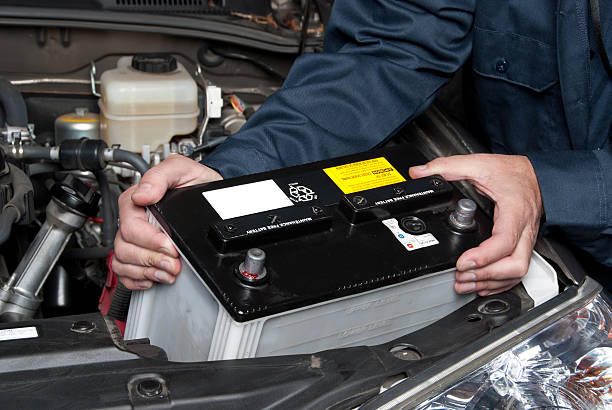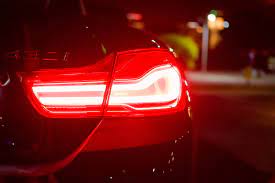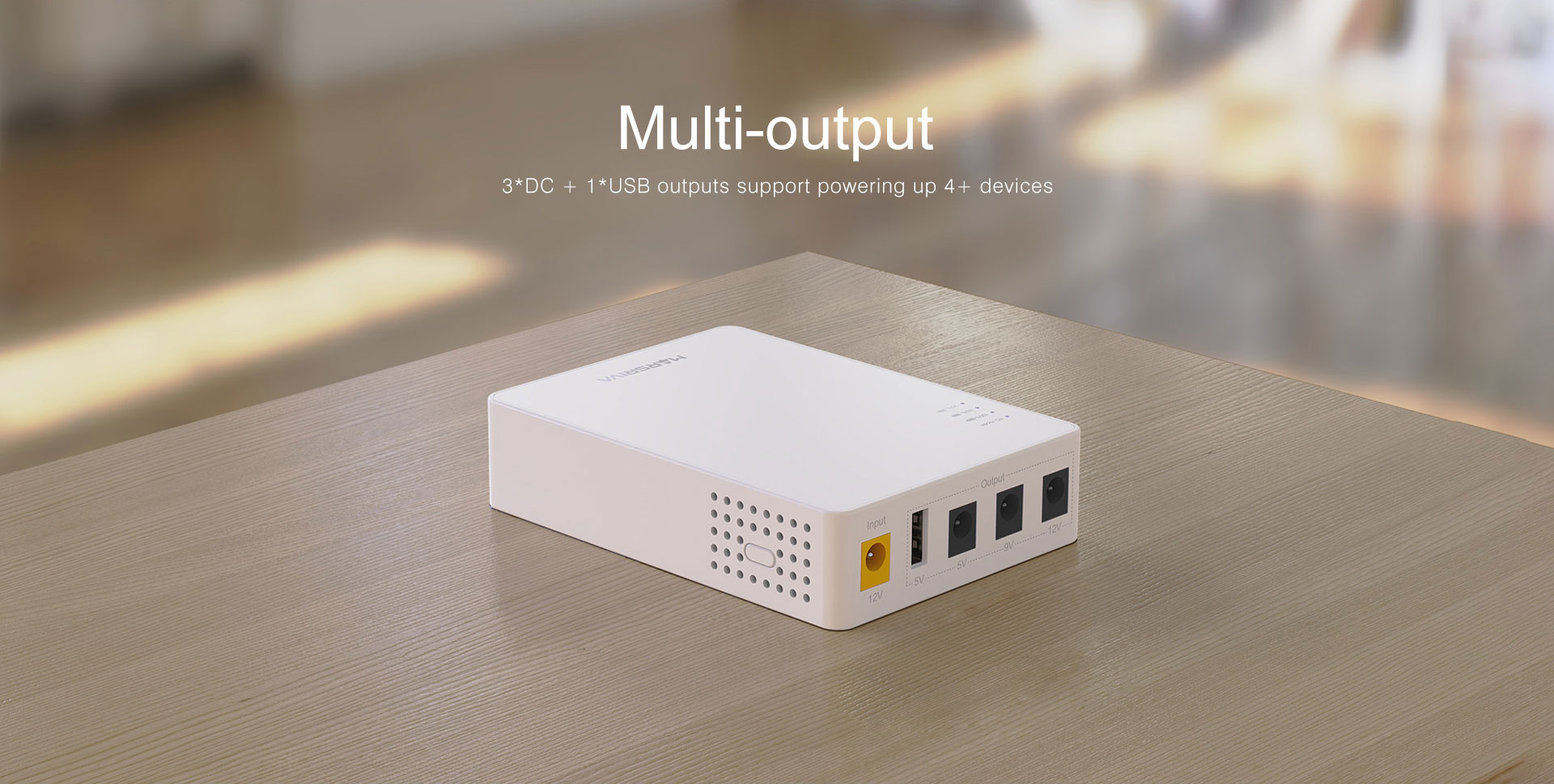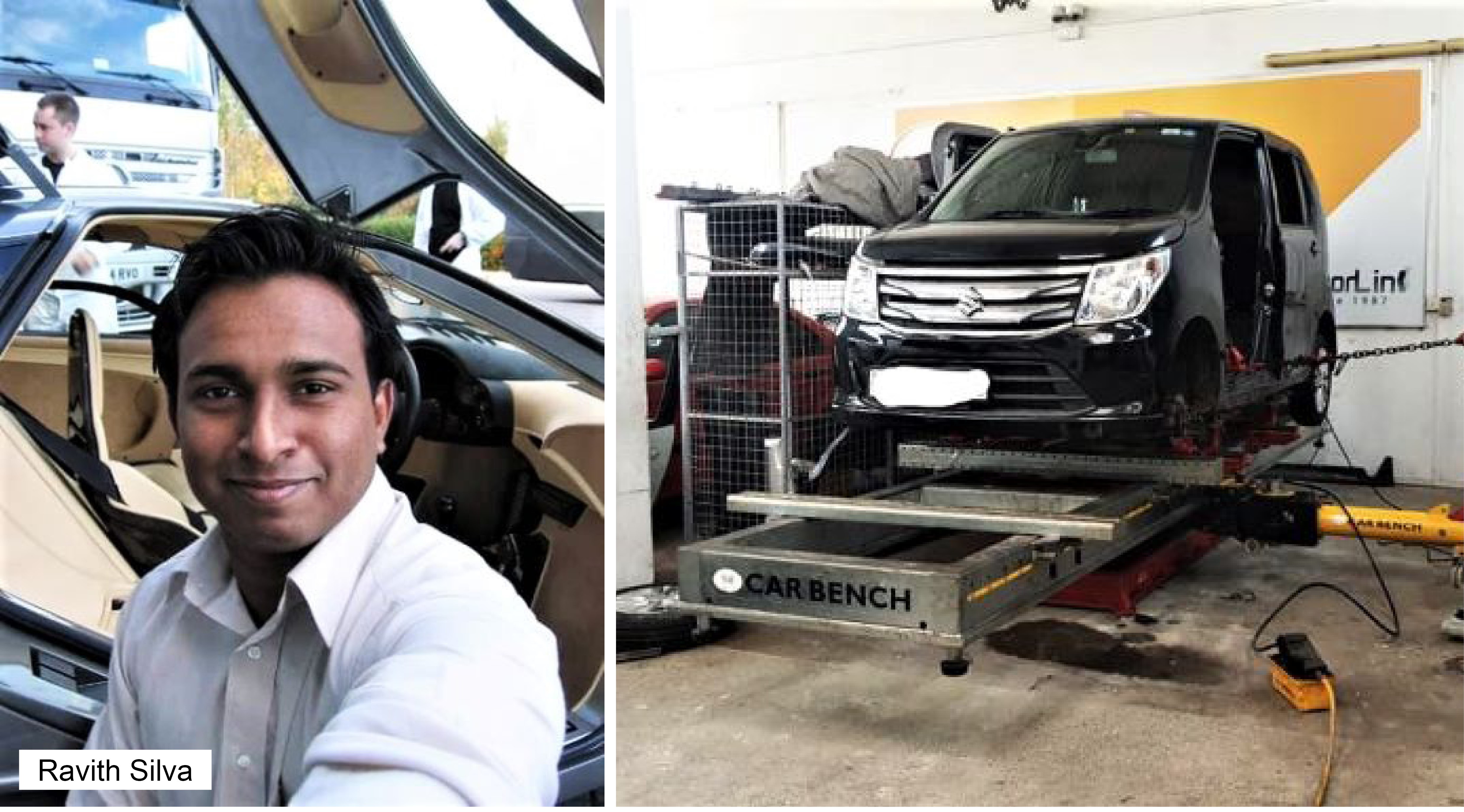Through the years, we have discussed many aspects of vehicle ownership, new developments in the automotive world and any bits of information about automobile technology that either myself, or one of our readers found interesting and wanted to know more. But as of late, I have had requests on fundamental questions as to how a car actually works. True, we have discussed in length many advanced developments. We will start with the fundamentals of automobile electrical systems and what you, as a motorist should know about the electrical system in your car.
Why do cars need electricity anyway?
Cars require electricity for the following reasons:
For
Starting up the engine through the starter
motor and keep a petrol engine running by providing spark to the spark plugs.
For
Lighting and to power auxiliaries on your car (Stereo, AC
blowers, power windows, mirrors, electric seats and all the modern creature
comforts).
To
Power Up all the modern safety systems (Anti-lock brakes, ESP,
airbags, blind spot assist, self-braking etc.).
What are the major parts of an automobile electrical system?
The modern car is a computer on wheels (over a dozen computers actually) but putting that aside we can basically divide the electrical system of a car into a few main areas. Note: I have taken the liberty to divide it as I please. Not the textbook way!
The
Engine electrical system Starts up, keeps running
and, shuts off the engine.
The
Charging system Keeps your car’s battery from
going flat.
Keeps all lighting and other auxiliaries (Basically
all the paraphernalia that uses up electricity in your car) in working order.

The Battery
The battery in your car is a big heavy box which most
of you have seen. It can live in many places depending on your car’s design:
under the bonnet, in the boot or under your rear seat. You can always refer
your owner’s manual and the internet to find the location. The battery provides
the energy to crank your engine and get it started, and also powers all the
electrical stuff on your car when the engine is not running.
Start your car with the headlamps on, you will see a
slight dimming or flicker just before the engine comes to life. This shows that
the energy used up in starting the engine is so great that it leaves little to
spare to power the lights! It takes a lot of juice to get an engine started up
and a battery is designed to provide a large amount of energy to the starter
motor for a very short amount of time. This is why repeated cranking of your
engine will soon drain the battery.
Think about the small batteries you would put in a
clock or TV remote. They are light, cheap and disposable, once flat they can’t
be re charged. But just like your phone, car batteries can be recharged and
used for many many years. Imagine the
hassle if they weren’t!
Fun fact: Some early cars
only needed batteries to power lights. So they used disposable batteries which
had to be changed every few days!
How do I choose the correct battery for my car?
You have to look at the specifications: You can look
them up in your car’s manual or online. Let’s take the Voltage (6V, 12V, 24V)
Passenger cars are almost universally 12V now. (48 volts will soon become the
industry norm but that’s a discussion for another day!) Then, the Capacity (i.e
Ampere hours) - basically indicates how much energy your battery can store
eg: 33Ah, 60Ah, 80Ah, 100Ah. The bigger
the number the bigger the energy storage capacity. Generally cars with larger
displacement, heavy engines have a higher Ah rating. Using a smaller battery
would wear the battery out quickly as well as having difficulty to start.
Finally, the type. Batteries come in different shapes and sizes as well as
price ranges. Let’s look at a few common types.
Flooded cell batteries
These are the old fashion type ones with a series of
caps you can open and fill with Water and acid periodically. They are cheap,
but require regular topping up. Their lifespan is the least of battery types
and the acid and water can cause corrosion if it falls on other parts of your
car.
VRLA (Valve Regulated Lead Acid) batteries
They don’t require regular addition of water and are
sealed, which avoids spillage. VRLA batteries generally have a longer lifespan
than flooded cell batteries.
AGM (Absorbent Glass Mat) batteries
These are also a maintenance free battery which is now becoming common in automobiles. Many off-road vehicles now come with AGM batteries from the factory as they do not contain water which can slosh about during rough off-roading.

So which type should I use?
Modern cars have very sensitive electronics and many
features which consume a lot of electricity. It’s always important to make sure
you use a battery which matches the manufacturer’s specifications. You can
easily find these online, from the user manual as well as from your local
agents. Most drivers will opt for a maintenance free battery. But still it’s
important to monitor its condition. Remember, modern cars continue to consume
electricity even when shut off. There are dozens of control units (small
computers if you may) which need power even when sleeping.
How do I know my battery is healthy?
There are many ways. Let’s look at the simplest visual
inspection first. The Battery Inspection Window is one way to do this. Most
batteries have a small, usually round inspection window on the top which
changes colour depending on the health condition. If it’s showing Green, all is
OK. White means it needs Charging and Red means it needs water. Many
maintenance free batteries have these inspection windows and flush-mounted fill
ports so that they can be topped up if need be. Make it a habit to check the
indicator regularly, as if it’s showing red, time for a visit to your mechanic
or nearest battery shop.
If the Battery Warning Light (red light in the symbol of
a battery in your instrument cluster) lights up at any time other than starting
of the engine, you have an issue with your battery or charging system. We will
discuss the charging system in an upcoming issue.
Another symptom of weak battery health is if your
engine is difficult to start, if the starter motor cranks over weakly when
turning the key.
Any tips to keep a battery healthy for a long time?
Yes, first of all, you need to ensure your battery is
fully charged at all times. A battery charges only when the engine is running.
So, use your car well. Drive it 10-15 km every week at least. If you rarely use
your car, or plan to leave your car unused for several weeks, use a trickle
charger. A trickle charger is a small device which you plug one end to the
mains and the other end to your car battery and leave it for extended periods.
This will make sure your battery is fully charged even if you don’t drive for
months.
Next is to keep your battery away from moisture and heat, although this is not in your control with the majority of engine-bay mounted batteries. The next best is to keep your terminals clean. You might see that your battery terminals have developed deposits like salt. These should be regularly cleaned to ensure good contact. Special brushes and sprays are available to clean them and delay the reformation of salts.






